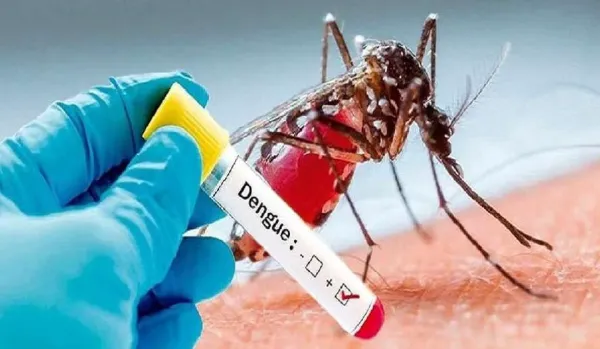This rapid surge has caused significant concern among doctors and public health experts.
Health Department sources reveal that during the last two weeks of October (October 16 to 30), 1,632 new cases were reported. The cumulative figure, which stood at 10,871 on October 16, reached 12,503 by October 30.
The Cause of the Surge:
Doctors and public health experts attribute the increase in cases during the festive season partly to stagnant water accumulation in partially open pandals. Dr. Saugata Ghosh, a microbiologist at Kolkata Medical College, noted that water collected in pandals led to mosquito breeding. He expressed hope that if there is no further rain, the situation might come under control.
Top 6 Affected Districts:
According to Health Department data, the six districts with the highest infection rates account for approximately 8,700 total cases. These districts are North 24 Parganas, Murshidabad, Hooghly, Kolkata, Malda, and Howrah.
| District |
Total Cases |
| North 24 Parganas |
2,326 (Highest in the State) |
| Murshidabad |
2,304 (Second Highest) |
| Hooghly |
Over 1,000 |
| Kolkata |
Over 1,000 |
| Malda |
Nearing 1,000 |
| Howrah |
Exceeding 750 |
Health Department Initiatives and Infrastructure:
The Health Department is already concerned about the dengue situation. The State Government has announced that it is spending an annual sum of ₹750 crore to combat dengue and other mosquito-borne diseases. Furthermore, 1 lakh trained personnel have been deployed for prevention, and free testing and treatment are being provided at over 400 centers. Platelets are stocked at 89 blood banks to manage severe dengue cases. Dr. Shuddhasattwa Chatterjee emphasized the need for greater public awareness regarding dengue symptoms and necessary actions.
